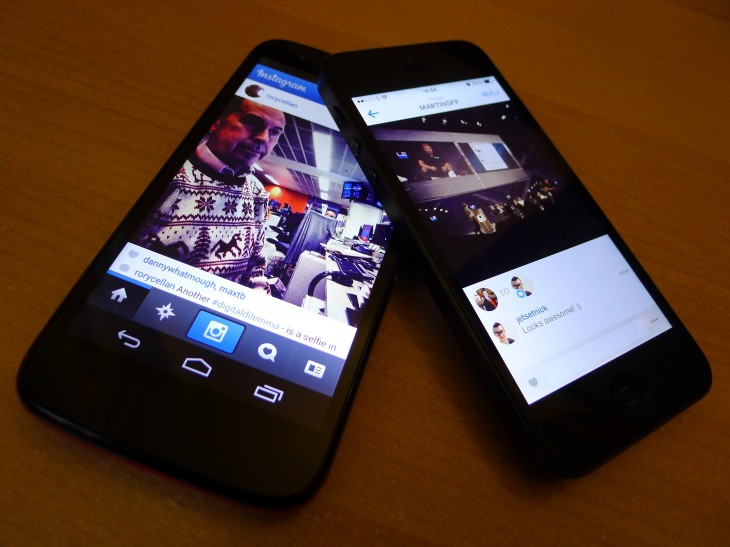
Before Instagram Direct was unveiled, I had reservations about how private messaging would be integrated into the platform.
The pure, immediate joy of Instagram comes from its simplicity, both in terms of its design and the sharing it facilitates. You capture a photo or short video clip, then post it to a stream where others can view and comment on it. For all of the tweaks and updates that have rolled out since Facebook’s acquisition of Instagram, that core has always stayed the same.
The prospect of a traditional messaging experience, similar to mobile apps such as WhatsApp, LINE, or even Facebook’s own Messenger app, filled me with dread. The thought of sending quick messages back and forth, with the odd photo or video for good measure, felt counter-intuitive to Instagram’s DNA. A useful feature, perhaps, but one better served by an array of existing apps.
Thankfully, Instagram opted for a simpler implementation. You still have the option of publicly posting a photo or video, but it’s now joined by Direct, which lets you create a private thread with up to 15 people. These discussions aren’t like other messaging apps though, with an endless stream of text bubbles flanking the left and right-hand side of the display. Instead, the company has stuck to its roots by subtly repurposing the UI of any normal Instagram post.
That means placing the original photo or video on a pedestal. So when you first open a private thread in your inbox, you’ll always see the shared moment at the top of the page. Furthermore, no-one else can post a photo or video without starting a new, private thread inside Instagram.
That might seem a little basic, annoying or short-sighted, but the impact on the UX is profound. Instagram is giving users another place to discuss their photos and videos, instead of facilitating broader conversations usually reserved for other mobile messaging apps. That helps to protect the core premise of Instagram, which has always been about sharing and commenting on interesting moments. Admittedly, you can write about anything in an Instagram Direct thread, but because subsequent comments are always tied to a specific photo or video, the feature subtly discourages you from going too far off topic.
Instagram isn’t Snapchat
The experience is tailored to Instagram and far-removed from that found on Snapchat, the red-hot messaging app that lets users send and view content for a limited period of time. Now, Instagram could have offered a timer for private messages, but in my opinion that would have derailed its original intentions.
Instagram Direct is about more than just viewing a photo or video privately – it’s about the conversations that occur afterwards. I have relatives based halfway around the world, and if they choose to share an important moment with me using Instagram Direct, it’s important that I can see it for more than 10 seconds. Otherwise, if I submit a comment and carry on with my day, I won’t be able to access the photo or video when they reply later on.
In that scenario, any meaningful discussion would be impossible. That’s not to say Instagram couldn’t be successful as a Snapchat clone – I’m sure young people would happily use it for sexting – but such a feature would fly against what makes Instagram such a delightful app.
Instagram is popular because it creates conversations. It’s a simple way not only to share photos and videos, but also to comment and leave feedback on those posted by other people. (Even if that just means leaving a couple of likes on someone’s profile page). The UI has been designed to make that feedback loop as quick and simple as possible – Instagram Direct is simply an extension of that; sharing moments and then talking about them. Only this time, it’s privately with a smaller group of people.
Get the TNW newsletter
Get the most important tech news in your inbox each week.







